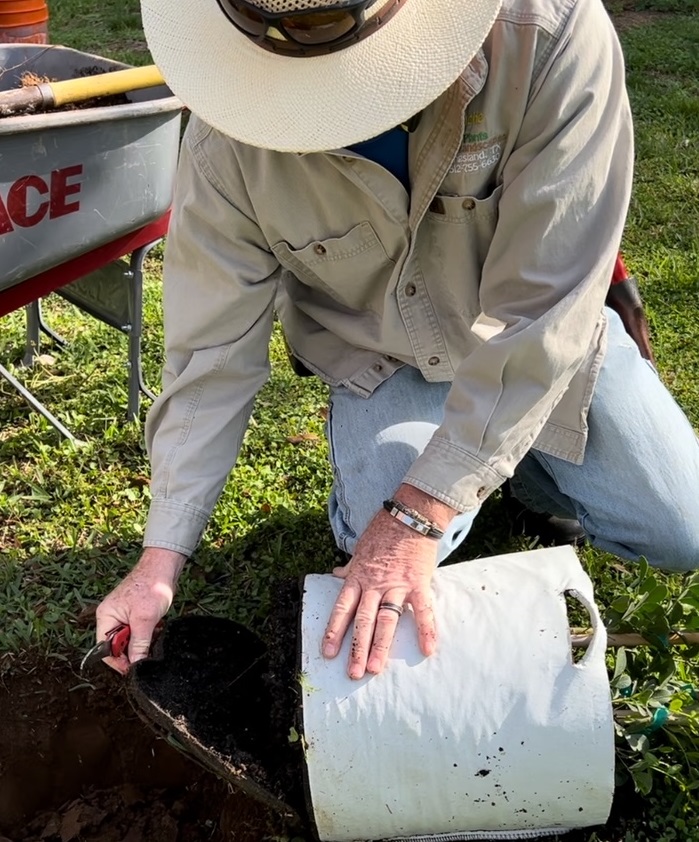Japanese Maples can be an attractive addition to almost any landscape. To assure trees that thrive, locate your Japanese maple where it will receive dappled sun under the canopy of trees, with no more than two to three hours of morning sun. New growth on varieties with red leaves will be more brilliant if they receive a little direct sun, either in the morning or the evening.
Japanese Maples will tolerate low winter temperatures quite well, but suffer from moisture loss from the leaves when exposed to our drying summer winds. A northeast exposure is ideal, especially if the tree will be shielded from our southwest winds in the summer, which may dry out the edges of the leaves. (This is called leaf scorch.)
Soil should be well drained, as seasonal rains can waterlog heavy clay soils, killing roots and your tree in the process. If you do have heavy soil, plant your maple in a raised bed, with well drained landscape mix, or grow it in a pot with a quality potting soil such as Happy Frog Potting Soil. Water Japanese Maples in the morning, sending it into the day well hydrated. Keep the moisture level as consistent as possible, allowing it to dry only slightly. Excessive spring rains, as we experience some years, can reduce root growth, which then lessens their ability to withstand dry periods in the summer. Be diligent with resuming irrigation when the rains end, or roots, and therefore leaves, will be damaged. Keep up with watering in the winter if there is no rain. Even when dormant, the roots require moisture every couple of weeks, even after the trees are established.
Japanese Maples can tolerate a wide range of pH in soils, but benefit from additions of organic matter and mycorrhiza fungi, which aid in the uptake of water and nutrients. Fertilize with MicroLife Azalea fertilizer or Happy Frog Japanese Maple Food with added mycorrhiza fungi in the spring and in the fall.
We have many varieties of Japanese Maples available. See our VARIETY SHEET here for just a sampling of what we carry. Different varieties have different mature heights, and specimens should be chosen for the mature height desired. Prune in the winter, after leaves have fallen, when you can see the branches clearly to make cuts to balance growth. Pruning should only be required to shape and open the center of the tree to light and air circulation.
Japanese Maples give us a bonus in the fall by exhibiting red, orange, or yellow fall color. Leaf color is affected by the variety of the tree, light, moisture, nutrients and the health of the tree. Take good care of your Japanese Maple and you will reap the benefits from the brilliant fall color!




